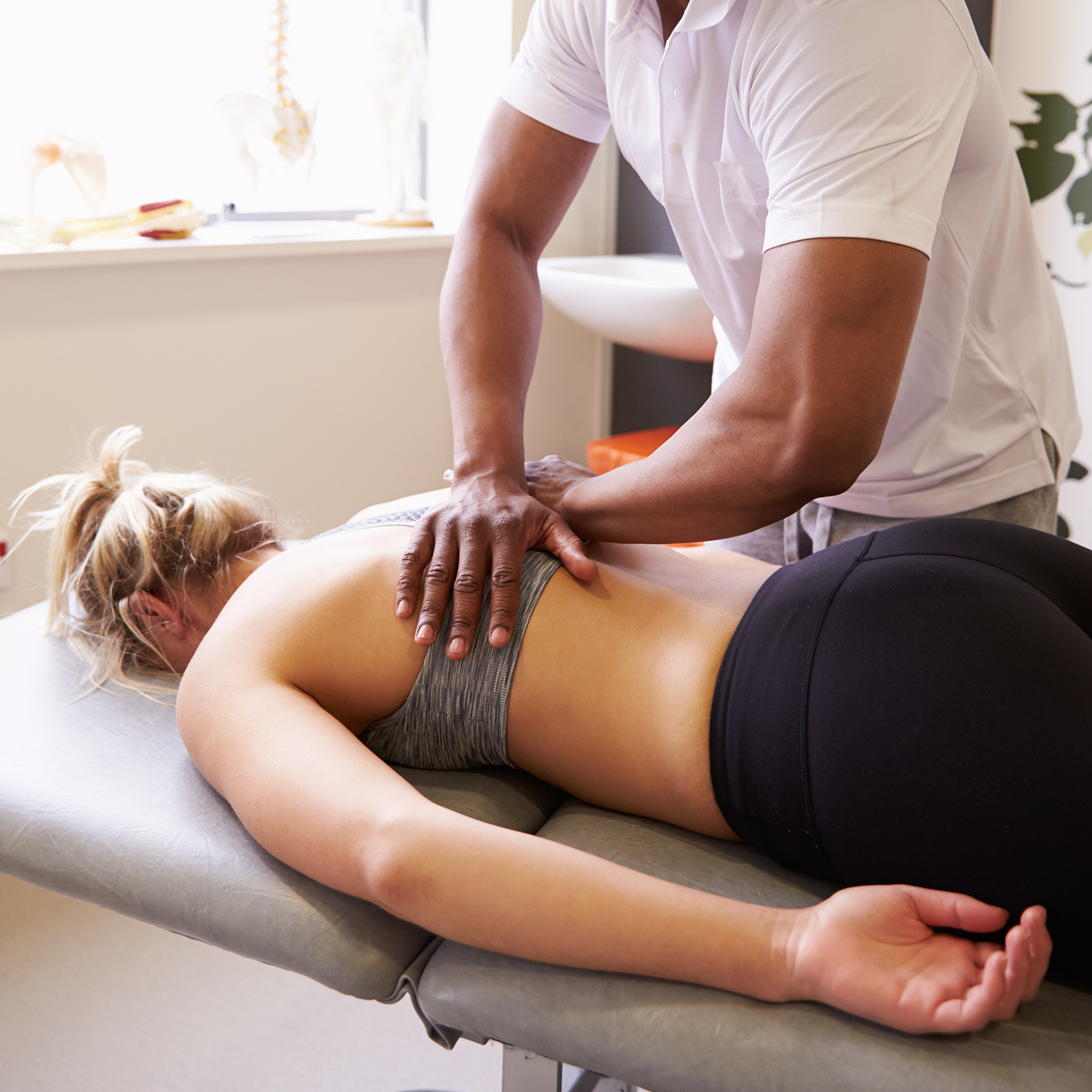
In today’s fast-paced world, stress has become an inevitable part of our lives. From demanding work schedules to personal responsibilities, it’s easy to feel overwhelmed and fatigued. Amidst this chaos, many seek solace in various forms of relaxation and rejuvenation, with massage therapy emerging as a prominent contender. Beyond mere 용인출장마사지 indulgence, massage offers a myriad of health benefits, both physical and mental, making it a vital component of holistic well-being.
The Origins of Massage:
Massage therapy isn’t a modern invention; its roots trace back thousands of years to ancient civilizations like China, India, Egypt, and Greece. These cultures recognized the healing potential of touch, incorporating massage into their medical practices and rituals. Over time, various massage techniques evolved, each with its own philosophy and methodology. Today, these diverse approaches converge to form a rich tapestry of massage modalities, catering to different needs and preferences.
The Science Behind Massage:
While massage has long been revered for its therapeutic effects, modern science has delved deeper into understanding its mechanisms. Research indicates that massage can stimulate the release of endorphins, our body’s natural painkillers, leading to pain relief and improved mood. Moreover, it promotes relaxation by reducing levels of cortisol, the stress hormone, while simultaneously enhancing the production of serotonin and dopamine, neurotransmitters associated with happiness and well-being.
Health benefits of Massage:
The benefits of massage extend far beyond relaxation; it encompasses a holistic approach to health and wellness. Here are some notable advantages:
Pain relief: Whether it’s muscular tension, chronic pain, or sports injuries, massage can alleviate discomfort by targeting specific areas of tension and promoting blood flow to affected muscles.
Stress Reduction: By inducing a state of deep relaxation, massage helps to alleviate stress and anxiety, allowing the body and mind to unwind and rejuvenate.
Improved Circulation: The rhythmic movements of massage techniques facilitate better blood circulation, enhancing oxygen and nutrient delivery to tissues while aiding in the removal of metabolic waste products.
Enhanced Flexibility and Range of motion: Regular massage can help loosen tight muscles and improve joint mobility, thereby enhancing flexibility and range of motion.
Immune Boost: Some studies suggest that massage may bolster the immune system by increasing the activity of natural killer cells, which play a crucial role in defending the body against pathogens.
Types of Massage:
There is no one-size-fits-all approach to massage, as different techniques cater to varying needs and preferences. Some popular types of massage include:
Swedish Massage: Characterized by long, gliding strokes, kneading, and circular movements, Swedish massage is renowned for its relaxation benefits.
Deep Tissue Massage: This technique targets deeper layers of muscle and connective tissue to alleviate chronic tension and promote recovery from injuries.
Thai Massage: Rooted in ancient Thai medicine, this style combines acupressure, passive stretching, and rhythmic compression to promote energy flow and flexibility.
Hot Stone Massage: Warm stones are placed on key points of the body and used to massage muscles, promoting relaxation and easing tension.
Sports Massage: Geared towards athletes and active individuals, sports massage focuses on preventing and treating sports-related injuries, enhancing performance, and speeding up recovery.
Conclusion:
In a world filled with stress and tension, massage therapy offers a sanctuary of healing and relaxation. Beyond its luxurious appeal, massage serves as a potent tool for promoting physical, mental, and emotional well-being. Whether you seek relief from chronic pain, stress reduction, or simply a moment of tranquility, the healing touch of massage has the power to rejuvenate and restore balance to both body and soul. Embrace the journey to wellness through the transformative power of massage therapy.